The iconic Harley-Davidson dealership in San Francisco, a beacon for riders since 1914, shut its doors without warning in June 2024. Across the nation, over 100-year-old dealerships are vanishing.
Harley-Davidson, once synonymous with freedom, is confronting an existential crisis. Why are these beloved showrooms disappearing, and what does it mean for the future of the brand?
The Scale of Collapse
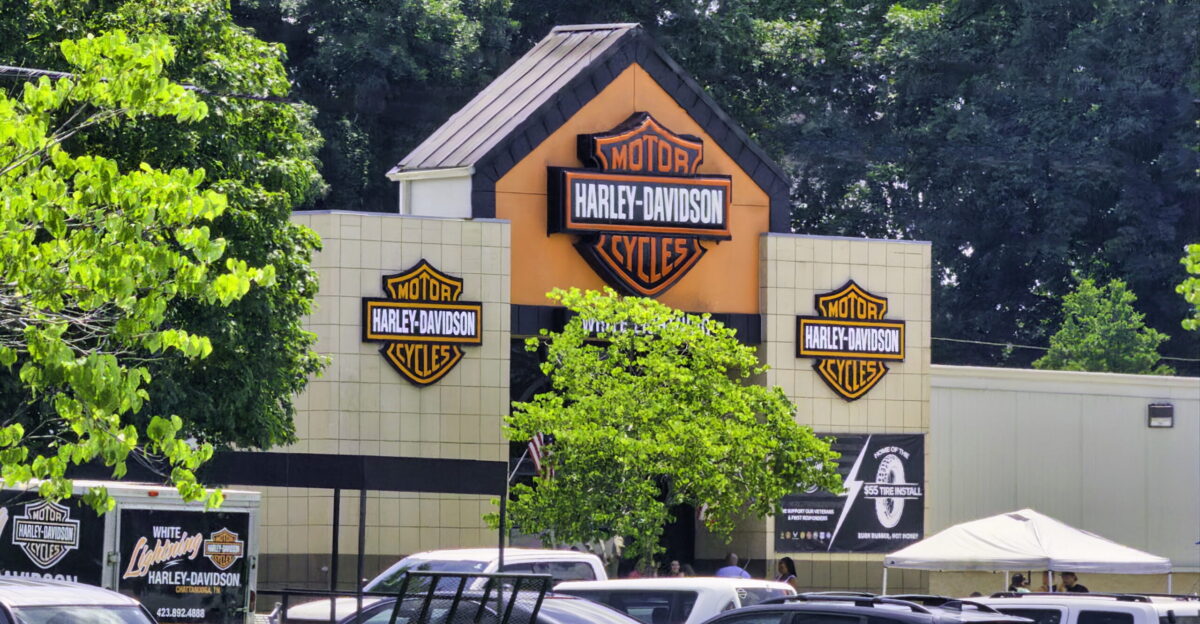
Since mid-2024, Harley-Davidson dealerships have been closing in rapid succession across California, New York, Florida, Illinois, and more states. Some locations operated for decades—or even a century—before closing without explanation.
These weren’t isolated failures; closures have accelerated noticeably in 2025, signaling a deeper structural issue that goes beyond individual dealerships struggling independently.
Post-Pandemic Hangover
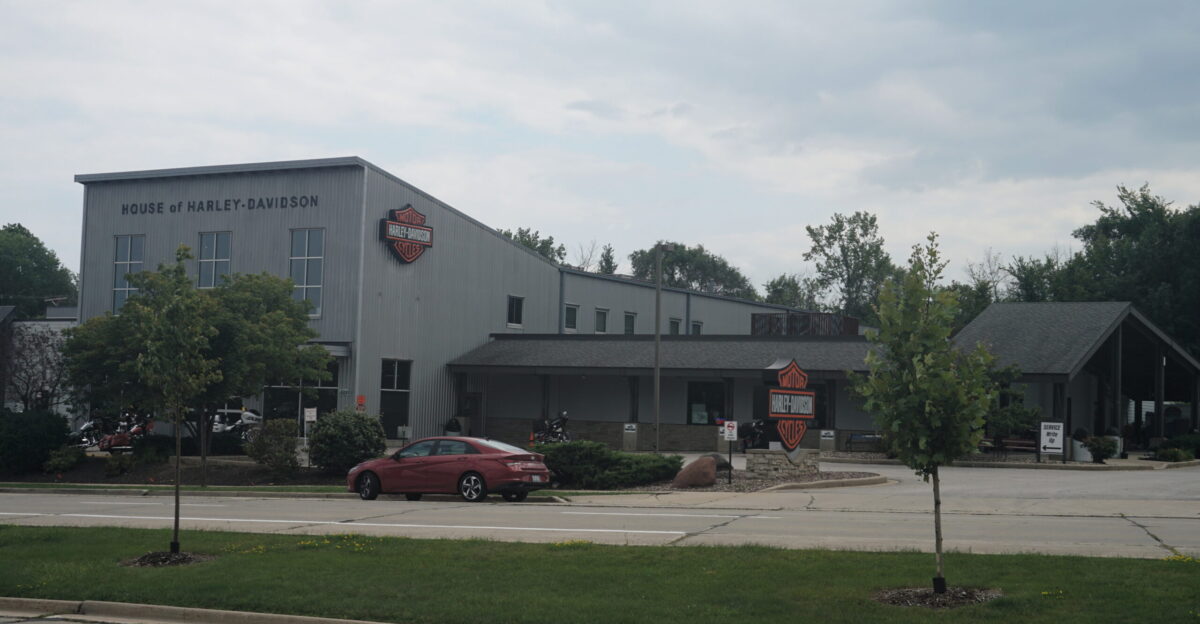
The pandemic fueled a surge in motorcycle sales as Americans embraced outdoor recreation, and Harley-Davidson capitalized on this newfound interest. However, once supply chains normalized, demand quickly dropped.
By 2022, the post-pandemic sales boom halted, leaving dealerships stuck with inventory and rising overheads. The brand’s short-lived success crumbled, and dealer profitability vanished as quickly as it appeared.
The Economic Squeeze

Operating Harley-Davidson dealerships is no easy feat. Franchisees face razor-thin margins, expensive showrooms, and service centers while competing with used-bike markets and direct-to-consumer channels.
As interest rates rose and consumer financing options tightened, many dealerships struggled to survive. Harley’s core customer base—aged 50+—has slowed, with younger riders opting for affordable electric bikes instead, compressing demand further.
The Dealership Exodus Begins
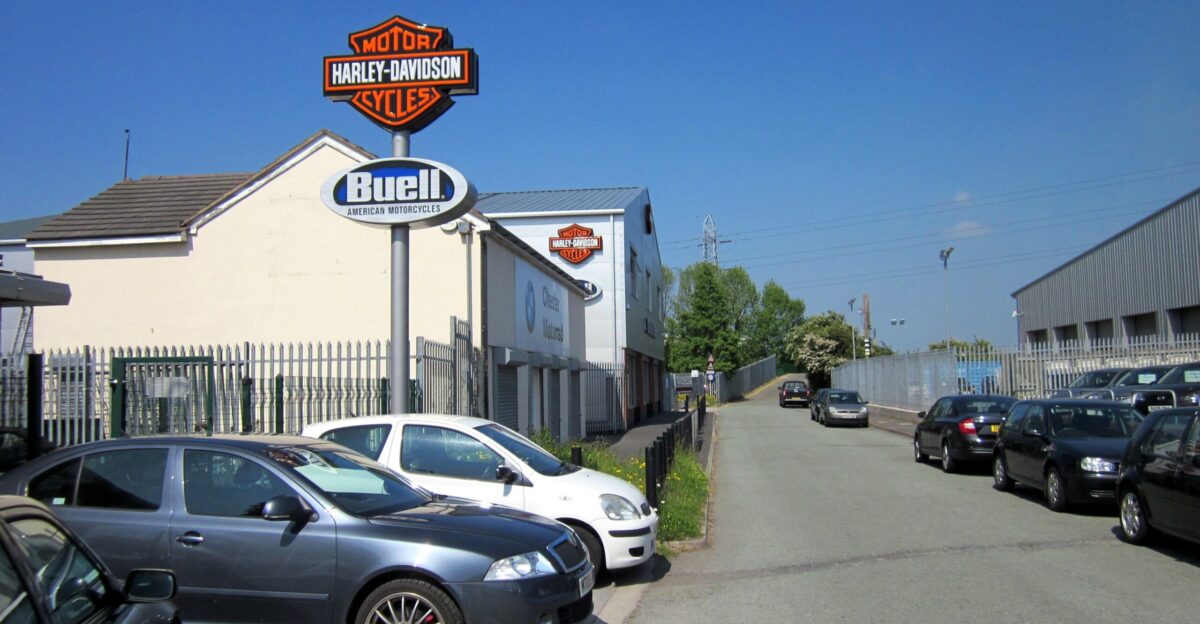
The closures began in June 2024 when San Francisco’s historic dealership, in operation for over 110 years, abruptly closed its doors. By fall, other major locations—New York City, Los Angeles, Titusville, Florida—followed suit.
By 2025, entire dealer networks across the country had contracted, with Florida and Illinois joining the exodus. Harley’s retail backbone is being shattered across the U.S. in accelerating waves.
California’s Reckoning
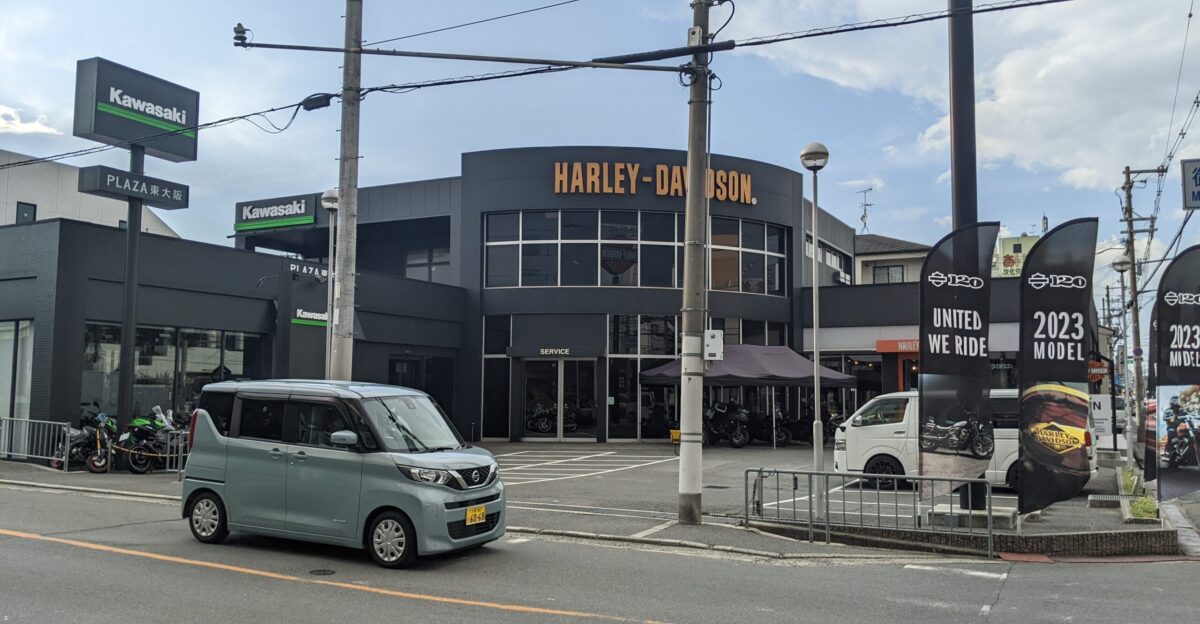
California was hit hardest early on. San Francisco and Los Angeles—two flagship stores—closed in 2024, their departures sending shockwaves through the community.
These weren’t struggling dealerships but the heart of Harley’s presence in the state. High operating costs and declining foot traffic made continuation impossible, leading to the departure of some of Harley’s most loyal customers in America’s largest motorcycle market.
Effect On People
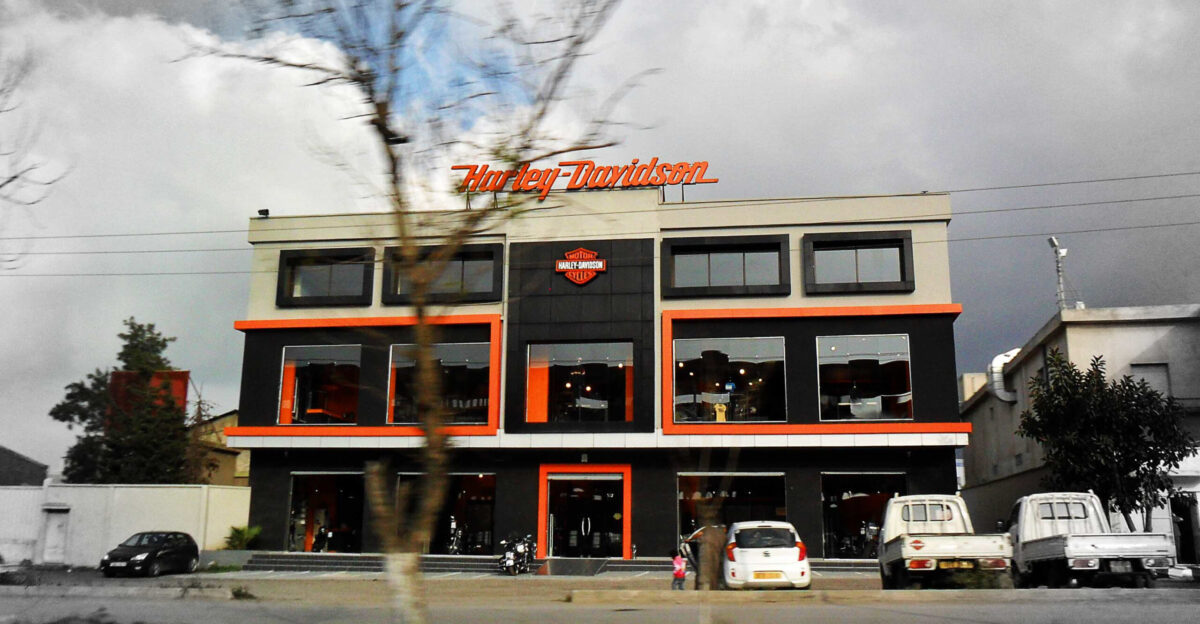
The loss of dealerships means the loss of jobs and livelihoods. Longtime employees dedicated to the brand found themselves without work; generational family-owned dealerships faced heartbreaking decisions.
For many, Harley-Davidson wasn’t just a business—it was their identity. The emotional toll runs deep. Communities have suffered economically, and the ripple effect has devastated small towns where Harley dealerships served as cultural anchors.
Competitors Circling
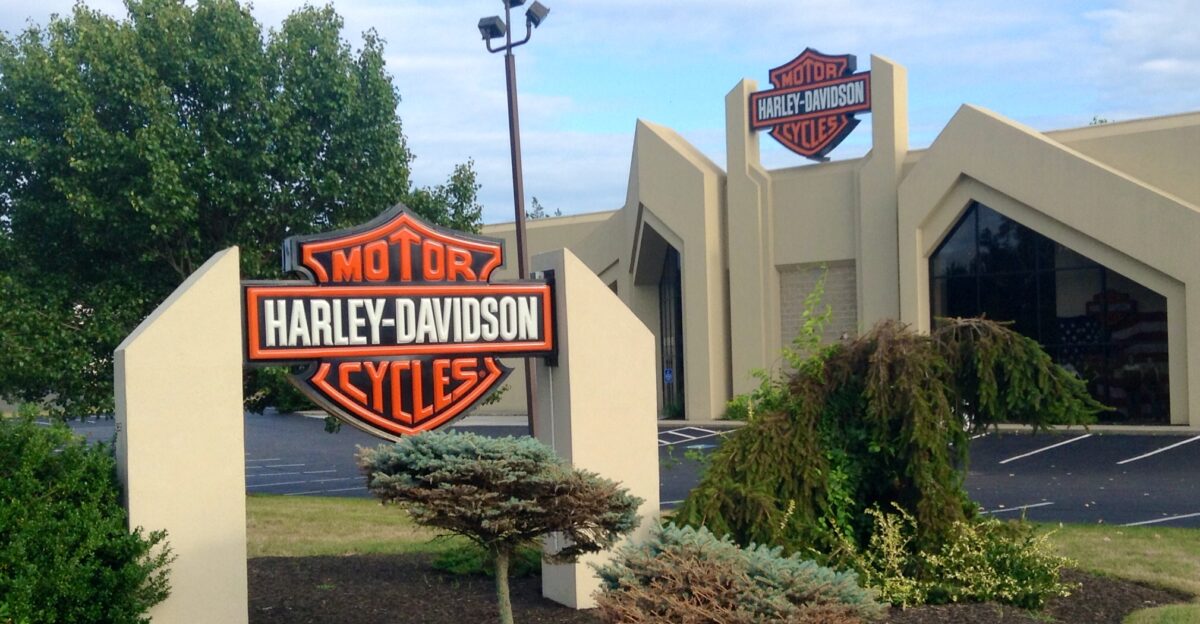
As Harley-Davidson retreats, competitors capitalize on market opportunity with aggressive pricing and expanded product lineups targeting younger riders and diverse demographics. Indian Motorcycles has gained dealer loyalty with consistent service satisfaction, while Japanese manufacturers—Honda, Yamaha, Kawasaki—compete for market share with diverse model offerings.
With Harley’s premium pricing and aging brand image, the company has lost its competitive edge. Rivals are seizing the market share Harley once dominated unchallenged throughout the U.S.
The Broader Recession Signal
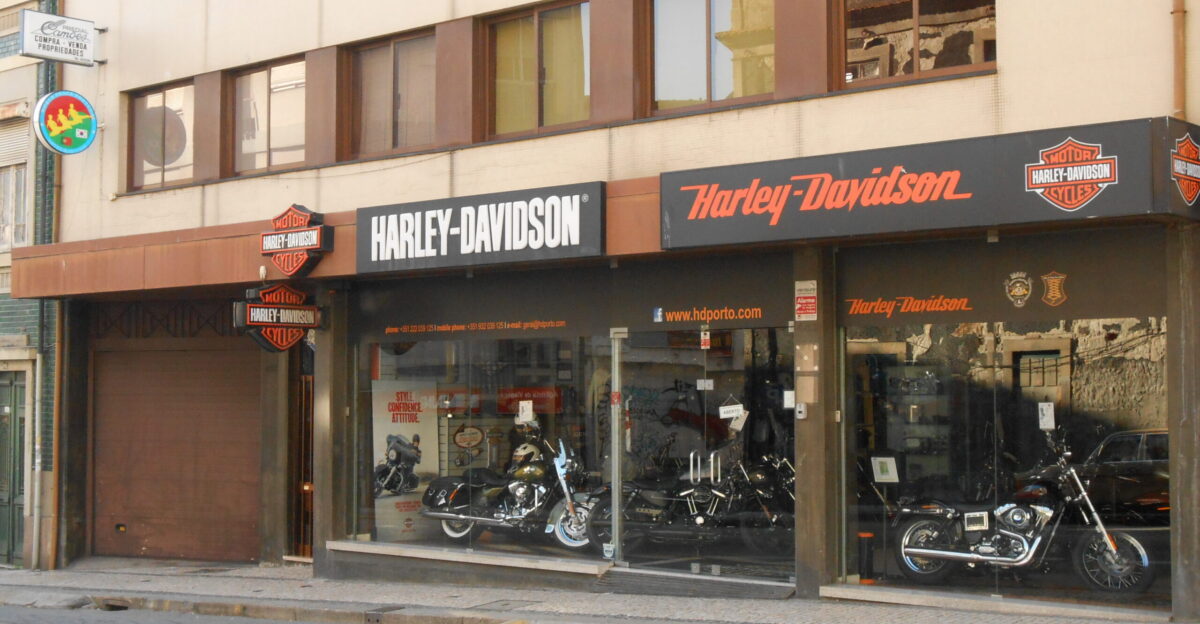
Harley-Davidson’s troubles reflect a broader shift in the retail landscape. Iconic franchise networks—not just in motorcycles but across sectors—face immense pressures from e-commerce and changing consumer behavior.
The traditional dealership model, once impervious to recession, is proving unsustainable in the digital age. Harley’s dealership crisis is a canary in the coal mine for legacy brands relying on outdated retail networks nationwide.
The Profit Paradox
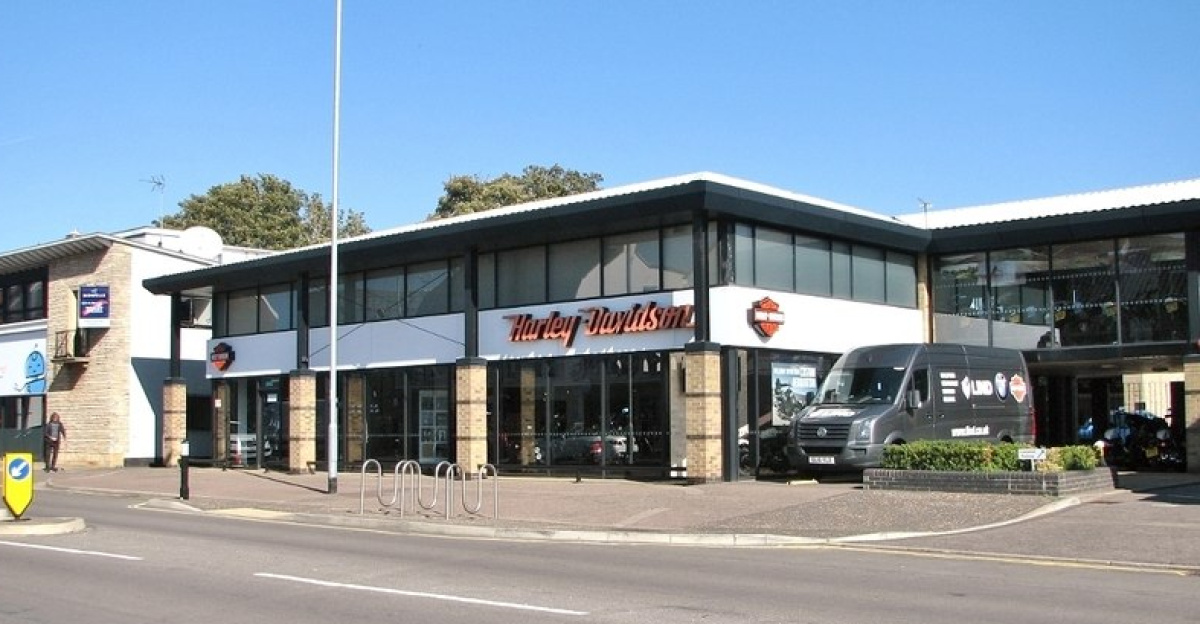
Despite reporting a profit of $377 million in Q3 2025—more than triple the prior year—closures continued. The company’s sale of its financial services division to KKR and PIMCO provided a temporary financial boost.
However, global motorcycle retail sales plummeted 6%, and dealership numbers continued declining. While Wall Street celebrated headline profits, the brand’s core business was withering away beneath corporate restructuring.
Dealership Owner Frustration

Harley’s corporate leadership faced mounting frustration from franchisees who felt abandoned as the company shifted focus to digital sales at the expense of traditional dealerships. Dealers reported that Harley’s lack of support, restrictive pricing agreements, and inventory demands drained resources.
The company’s push toward direct-to-consumer channels undermined dealer profitability. Many owners walked away in frustration, unable to compete with corporate’s own sales channel.
Leadership and Strategy Shifts
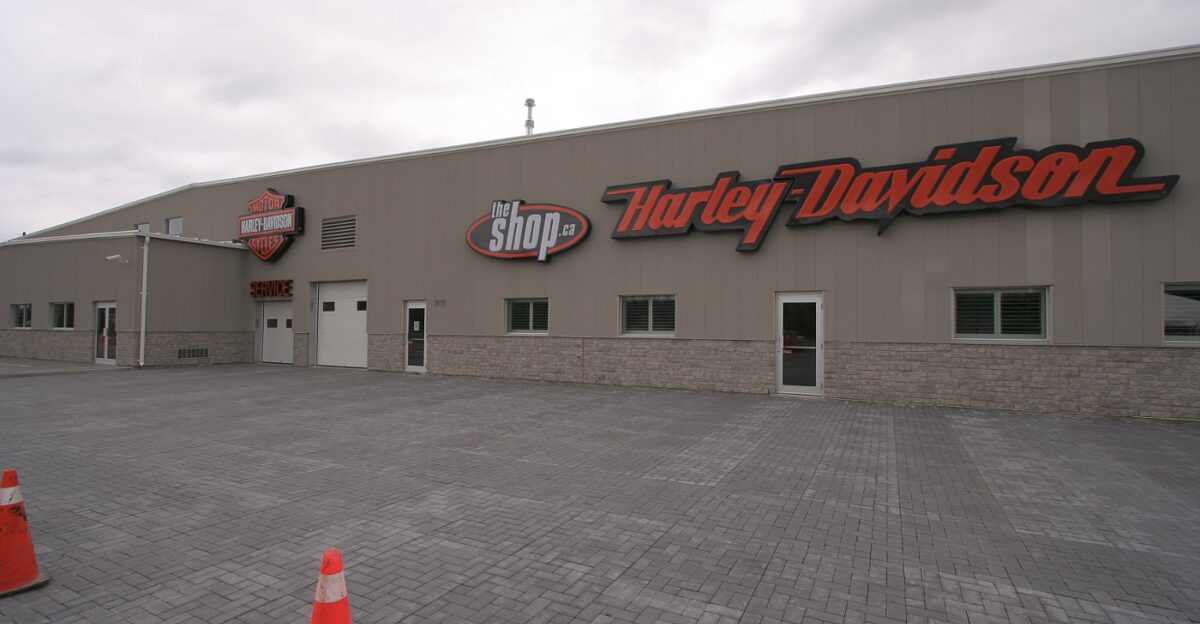
Under CEO Jochen Zeitz, Harley-Davidson shifted boldly toward lifestyle branding and digital sales but at the cost of alienating its dealer network. Zeitz’s transformation strategy, The Hardwire, introduced in 2021, left dealerships underfunded and undervalued.
In August 2025, Artie Starrs was appointed CEO to begin in October 2025, vowing to refocus on dealer profitability. But can he rebuild what’s been lost under years of dealer neglect and corporate restructuring?
Comeback Attempts Falter
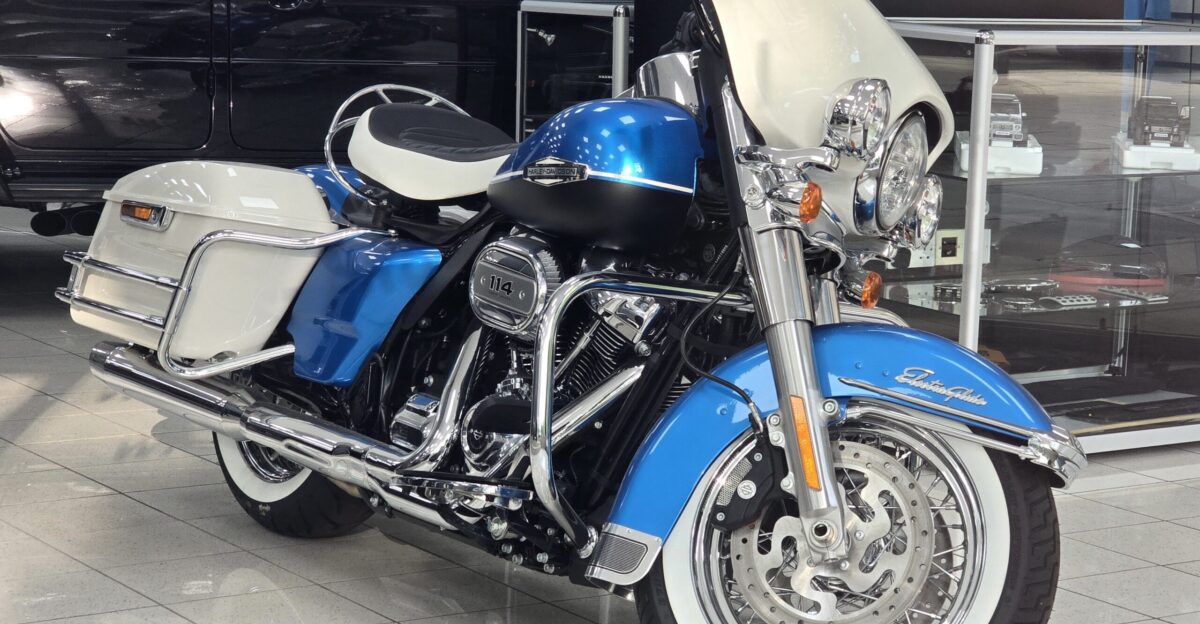
To regain market share, Harley-Davidson launched electric models, including the LiveWire, designed to attract younger riders. However, production delays, high prices, and limited availability hindered success.
The brand’s continued emphasis on digital channels further alienated dealerships and fragmented the retailer ecosystem. Strategic missteps—electric bikes, online-first positioning, inventory pressures—only accelerated the collapse rather than reversing it.
Expert Skepticism Mounts
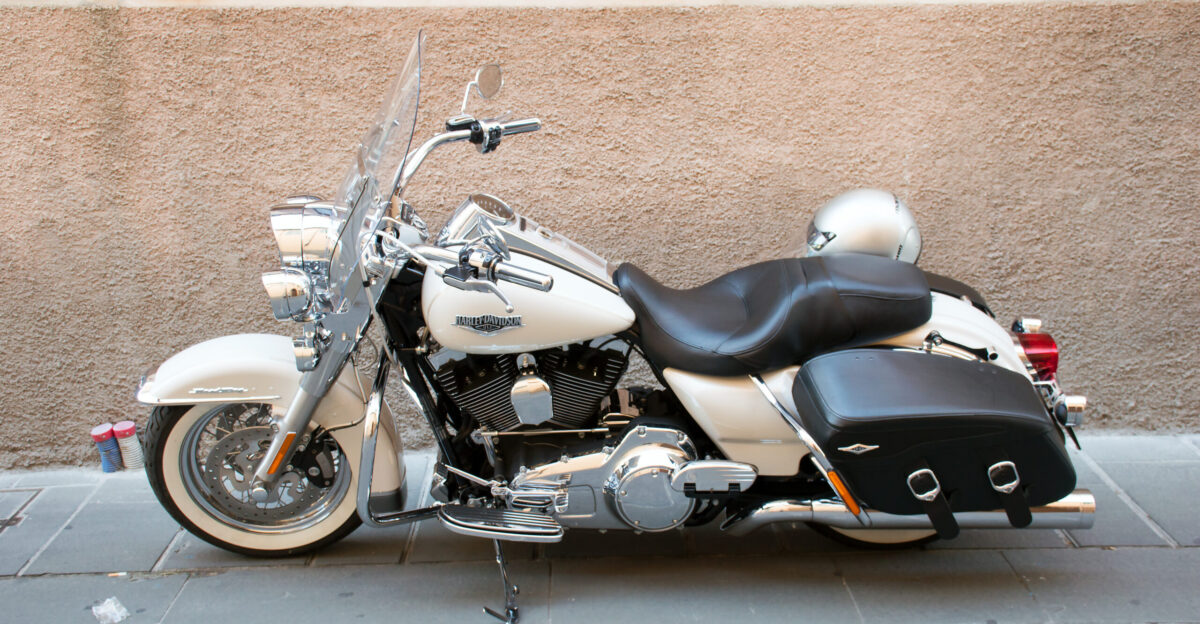
Industry analysts increasingly doubt Harley-Davidson’s ability to recover. “Once a dealer network fractures, it’s nearly impossible to rebuild,” noted one analyst.
Without local dealerships to foster community loyalty, the brand risks losing its core customer base entirely. Despite corporate profits, Harley faces slow, steady brand attrition. The question isn’t whether the company survives financially, but whether it survives culturally and competitively.
What’s Next?
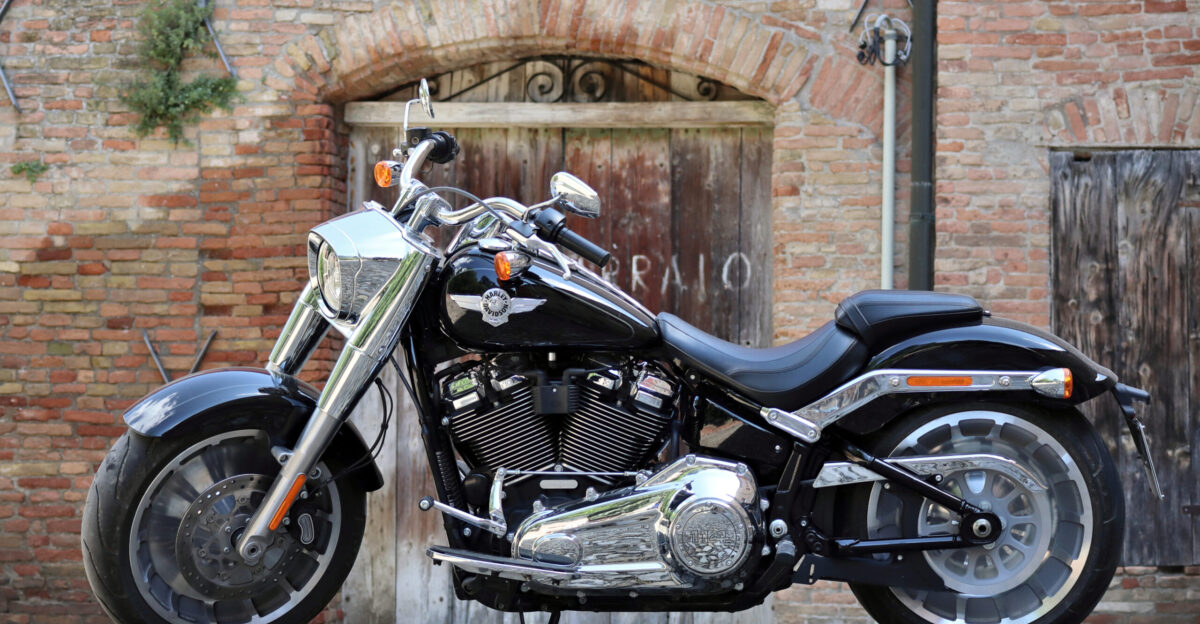
Harley-Davidson stands at a crossroads: Will it double down on the dealer network and attempt a comeback, or embrace a direct-to-consumer, digital-first future? The next few years will determine the brand’s trajectory fundamentally.
What’s clear is that the traditional dealership model requires major restructuring to remain viable, and Harley must choose between dealer profitability and corporate growth strategies.
Political and Trade Implications
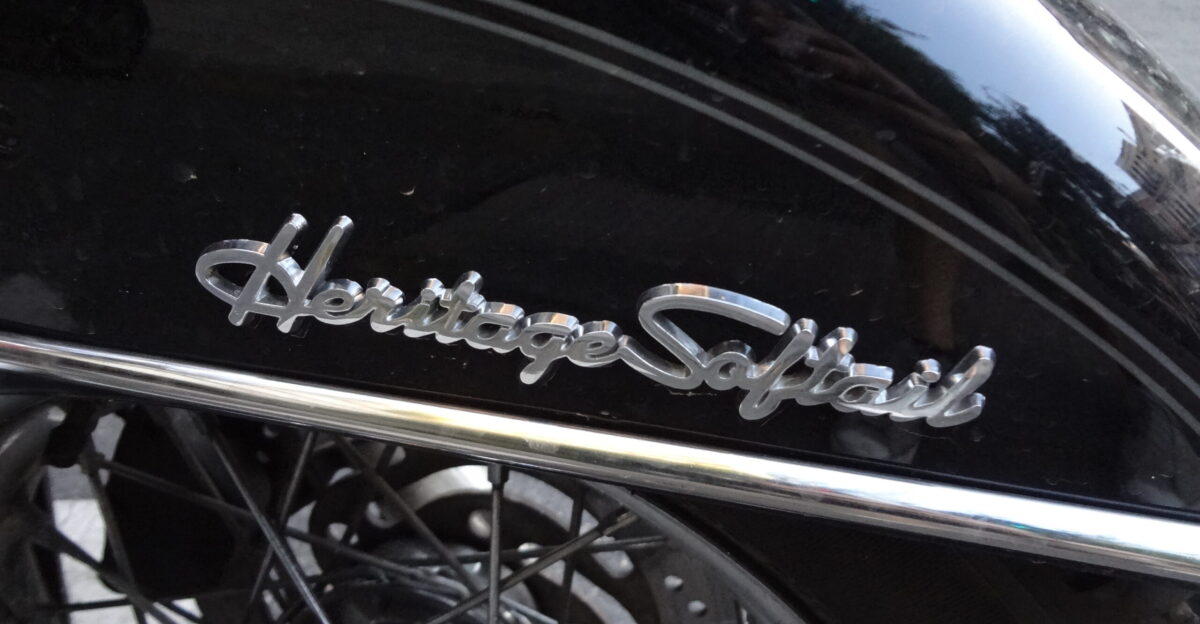
Harley’s dealership closures extend beyond the motorcycle industry. As an emblem of American manufacturing, the brand’s struggles reflect larger challenges faced by U.S. manufacturers in a globalized economy.
Trade tensions and tariffs—especially with China—have compounded challenges. Political leaders have raised concerns about closures’ impact on American jobs and manufacturing’s global competitiveness, treating Harley as a bellwether for U.S. industrial decline.
International Ripple Effects
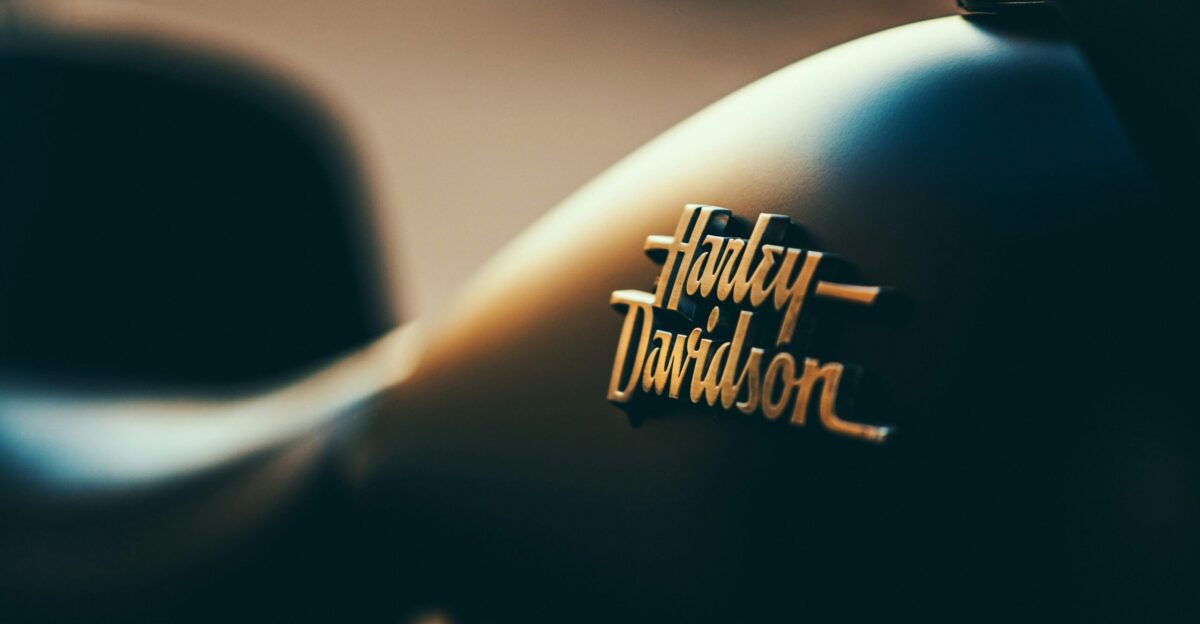
Harley’s U.S. dealership network collapse has global repercussions. Franchisees in Europe, Australia, and Asia watch with concern, questioning their own viability.
Global competitors expand aggressively in regions where Harley once held sway. This signals a potential shift in global market power, with the American motorcycle icon’s dominance waning in its key markets. The collapse is no longer just American—it’s reshaping global motorcycle retail.
Labor and Community Impact
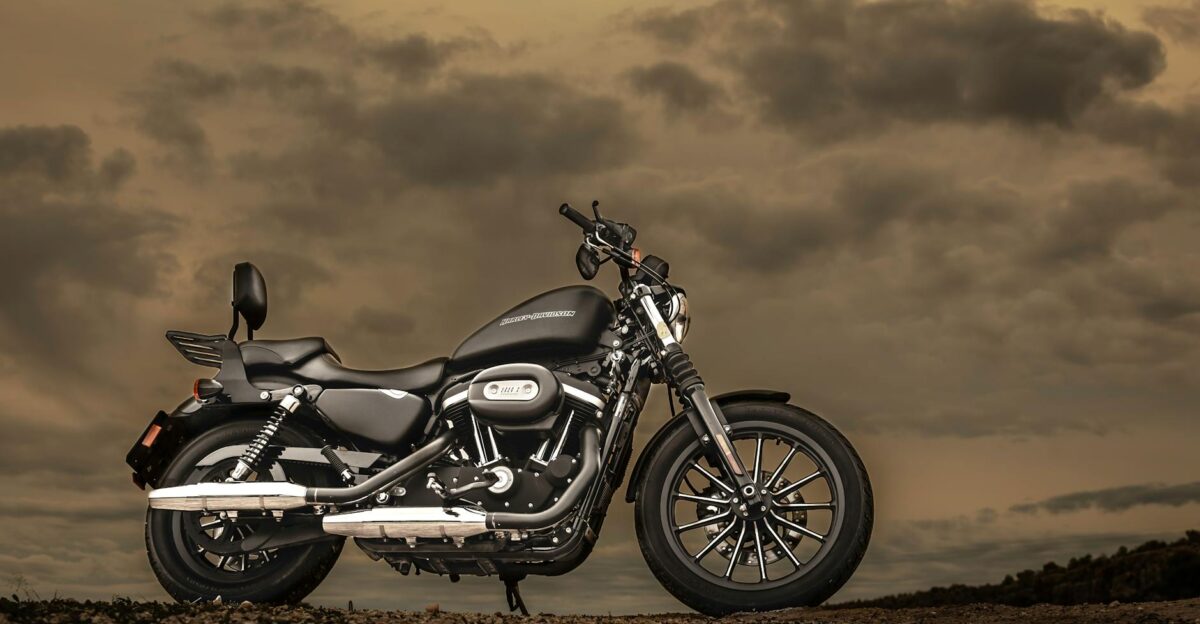
Harley’s dealership closures exact a significant social cost. Thousands of skilled workers—mechanics, salespeople, administrative staff—are displaced.
Rural communities, where dealerships served as cultural and economic hubs, face severe consequences. Labor unions have lost influence, and local economies suffer as jobs and businesses tied to Harley-Davidson disappear. The human cost extends far beyond stock prices and corporate financial metrics.
Brand Identity Under Siege
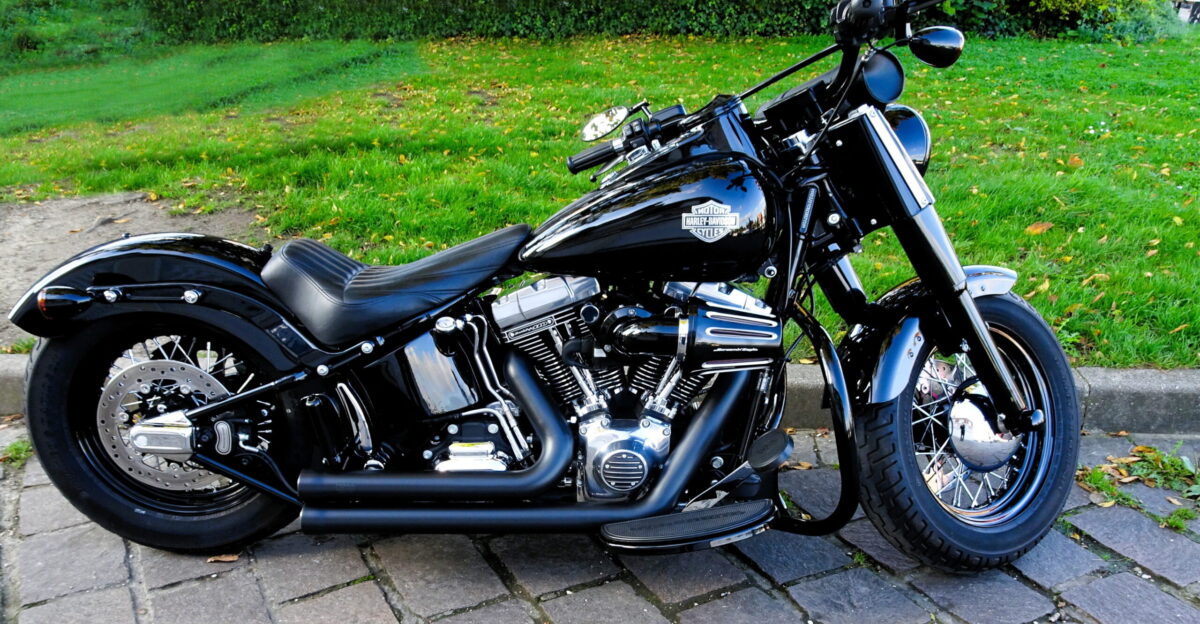
Harley-Davidson’s identity as a rebellious, American brand is under threat. With fewer dealerships, the company loses its connection to communities that made it a cultural symbol.
Younger riders see the brand as outdated; longtime loyalists feel abandoned. The electric motorcycle push and direct sales strategy have further alienated core audiences. Once iconic, Harley’s brand identity is now in crisis and flux.
What This Really Signals
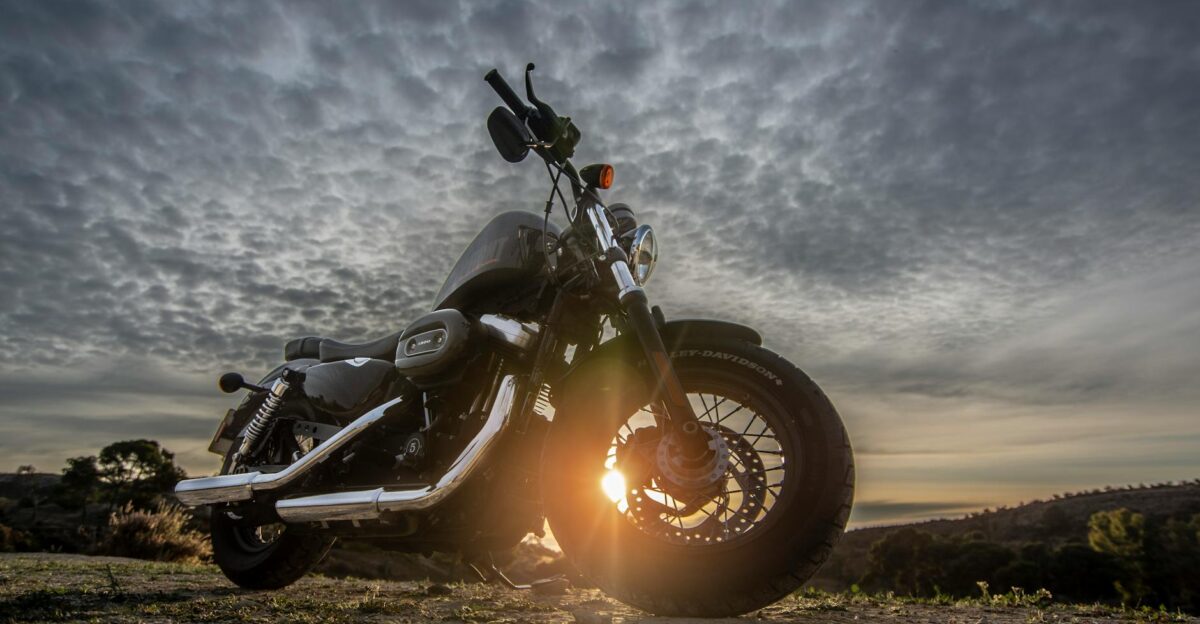
Harley-Davidson’s decline transcends industry-specific issues—it reflects broader trends in American capitalism: e-commerce rise, shifting consumer preferences, and corporate consolidation transforming traditional business models.
Harley’s story serves as a cautionary tale for legacy brands relying on outdated retail networks. The question remains: Can it adapt and rebuild dealer networks, or is this the beginning of the end for an American icon?